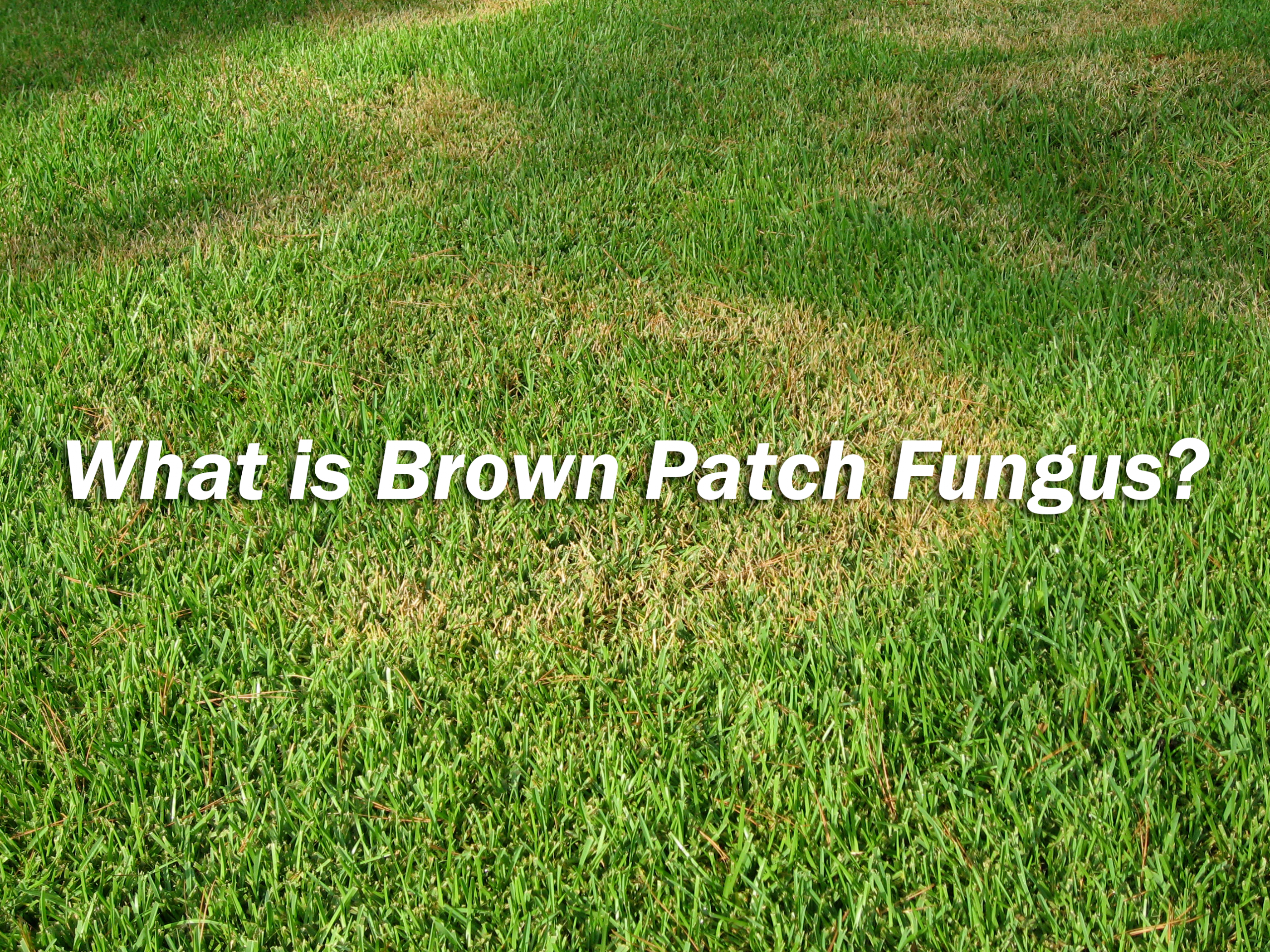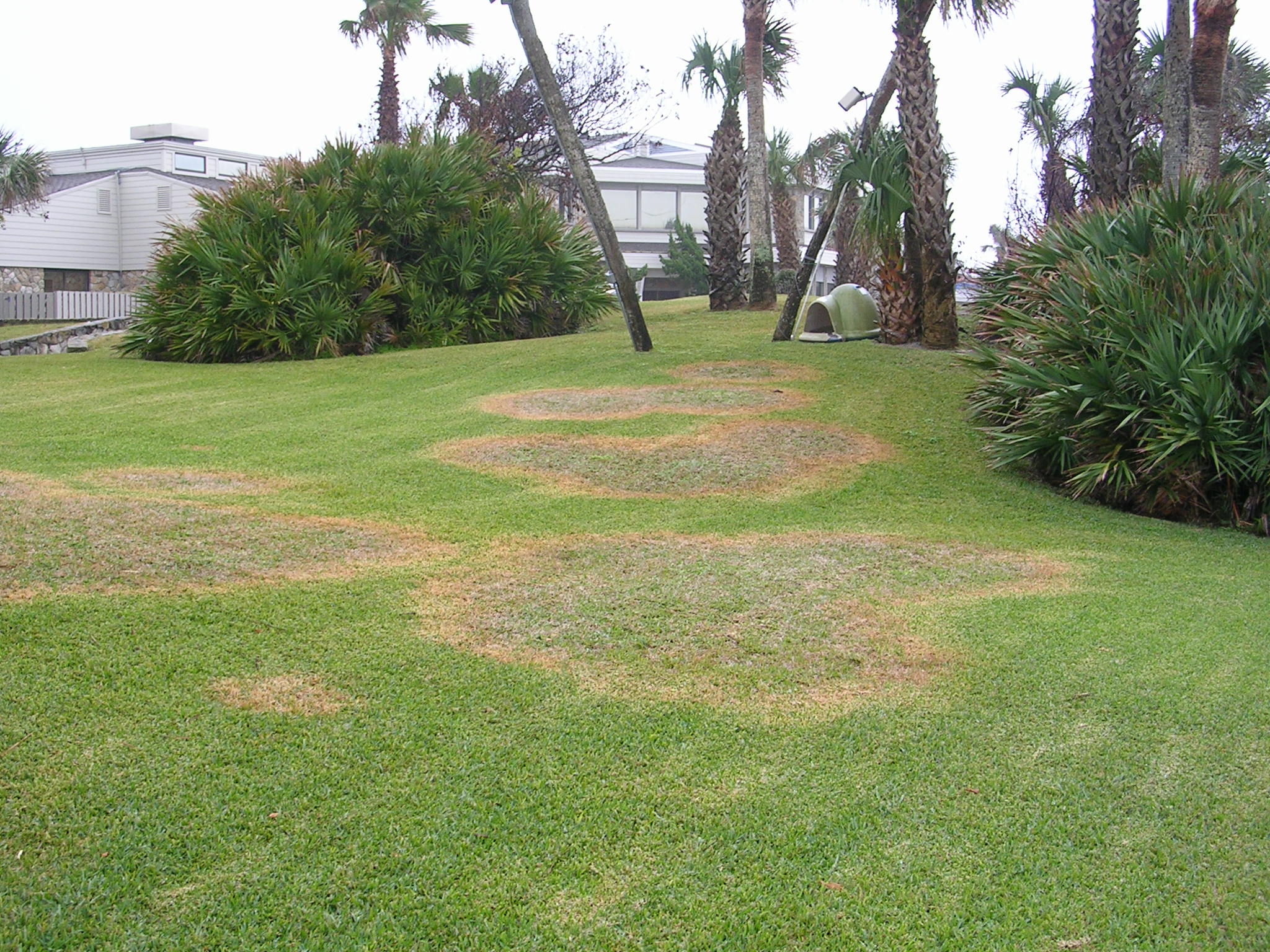Are Those Circles in My Lawn Brown Patch Fungus?
Is your lawn dotted with large yellow or brown circles? A fungus in your lawn’s soil might be the reason for these spots.

November is a great time of year for lawns. You don’t have to mow them as often, and turf and shrubbery thrive without the stress of the summer heat.
Unfortunately, it is also a good time for brown patch fungus and broadleaf weeds to appear.
Brown patch fungus is common in the fall, winter and spring and the beauty of a lawn can be quickly destroyed by the fungus. It thrives in cool temperatures and high moisture, and may lie dormant in the summer months before making its appearance. Shaded areas that receive and hold water are most at risk.
If brown patch fungus goes untreated, it can cause major damage to your lawn by attacking the lower portions of the plant and thinning large areas of turf. When turf thins due to brown patch fungus, weeds that flourish in cooler temperatures and high moisture will take advantage of the empty space and fill it in.
Signs of Brown Patch Fungus:
- Circular patches of damaged turf that may be several feet in diameter
- Turf changing from green to yellow, or even orange or purple
- Blades of grass that are rotten and slide out easily when pulled
Related: Common Lawn Issues

Severe brown patch fungus damage before being treated through our GreenUP Landscape Service.
Prevention and Treatment Tips:
- Irrigate grass only when needed and to a depth of 4 to 6 inches (generally 1/2 inch of irrigation per watering event and no more than 1 inch of irrigation or rainfall per week), but do not subject the lawn to drought conditions. Watering in the morning, ending by sunrise is best since the grass blades have plenty of time to dry during the day.
- Avoid spreading the disease to other areas. Remove clippings if brown patch fungus is present and avoid walking through the patches to prevent spread to other areas.
- Mow your lawn at the highest recommended height for your grass type. Different types of turf have different recommendations for mowing height. Standard varieties of St. Augustine should be mowed at 3.5 to 4 inches. Seville is a dwarf variety of St. Augustine and should be mowed at 3 inches. Empire Zoysia should be mowed at 2.5 inches. Bahiagrass should be mowed at 4 inches.
- Have the soil pH tested and treat according to test recommendations.
Prompt responsive treatment is the best way to keep brown patch fungus at bay. If you need professional assistance to control brown patch fungus or to evaluate your irrigation system, CLICK HERE TO SCHEDULE A FREE, NO OBLIGATION LANDSCAPE AND IRRIGATION INSPECTION!